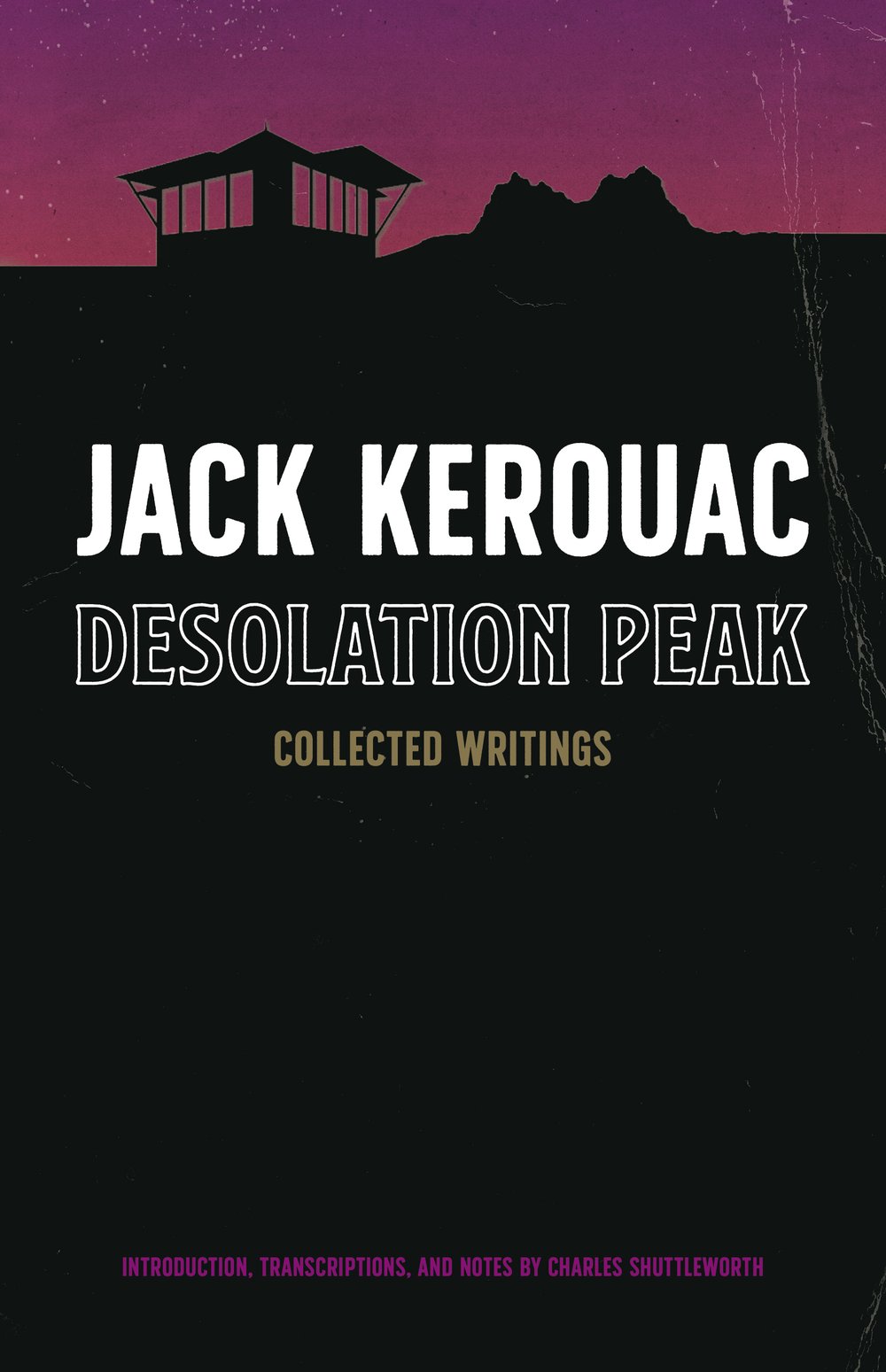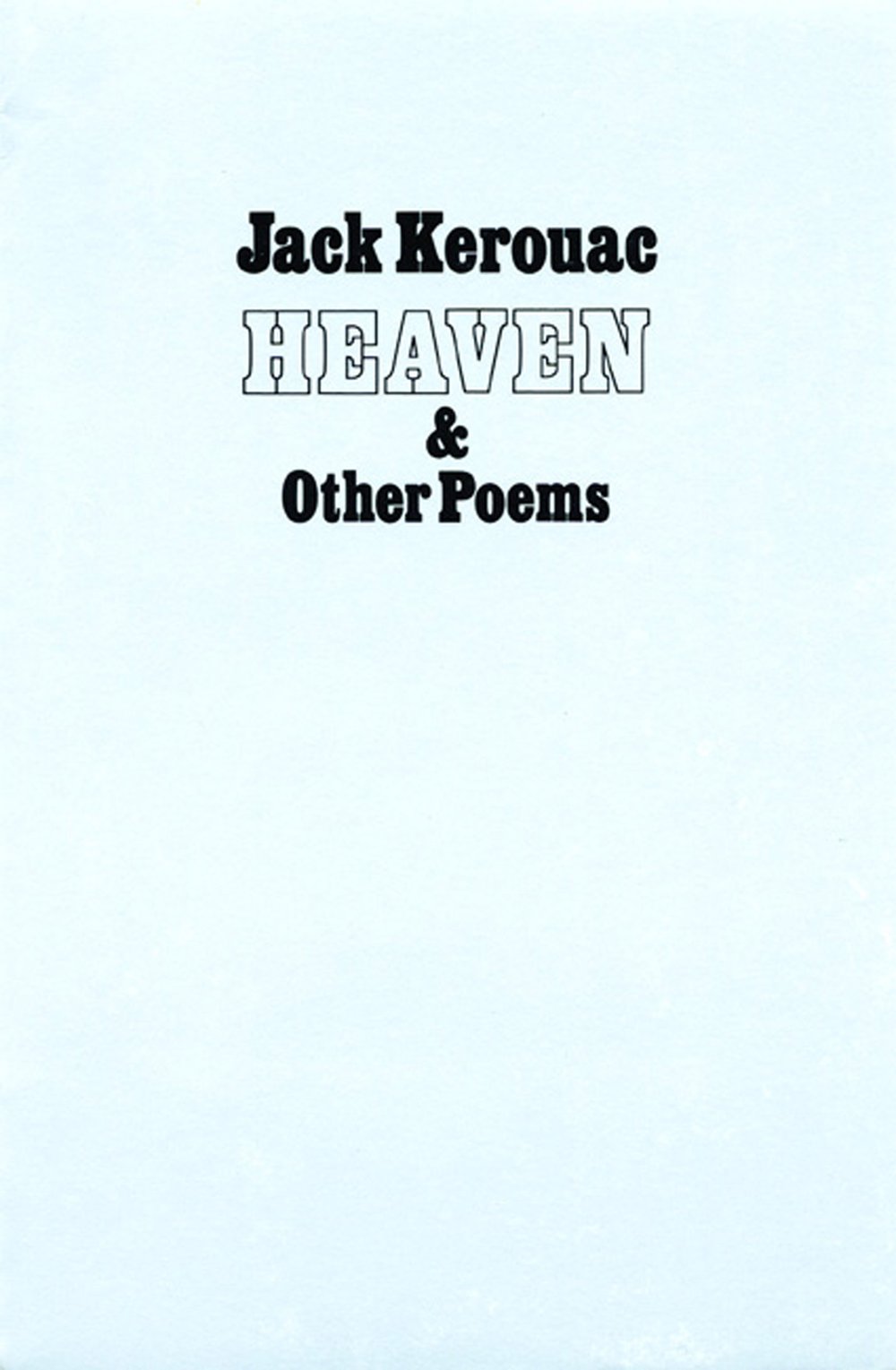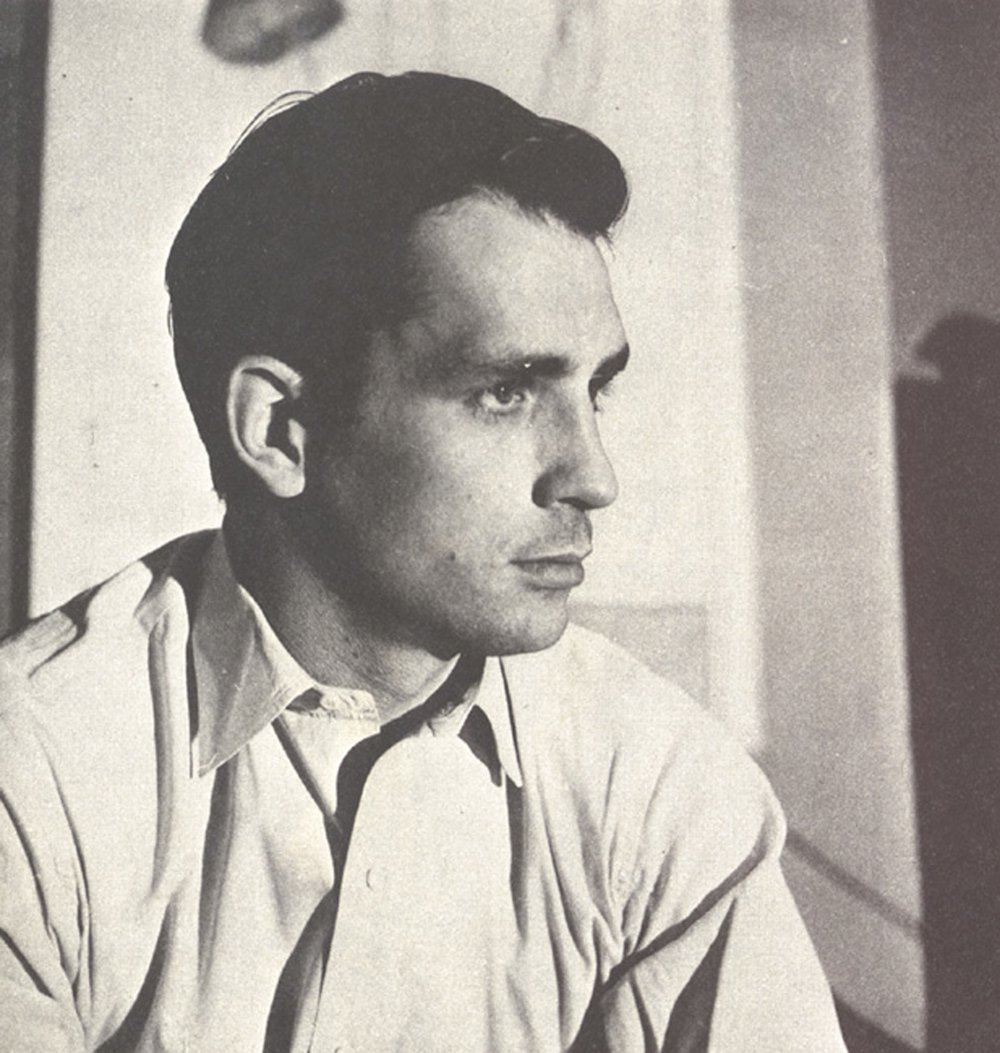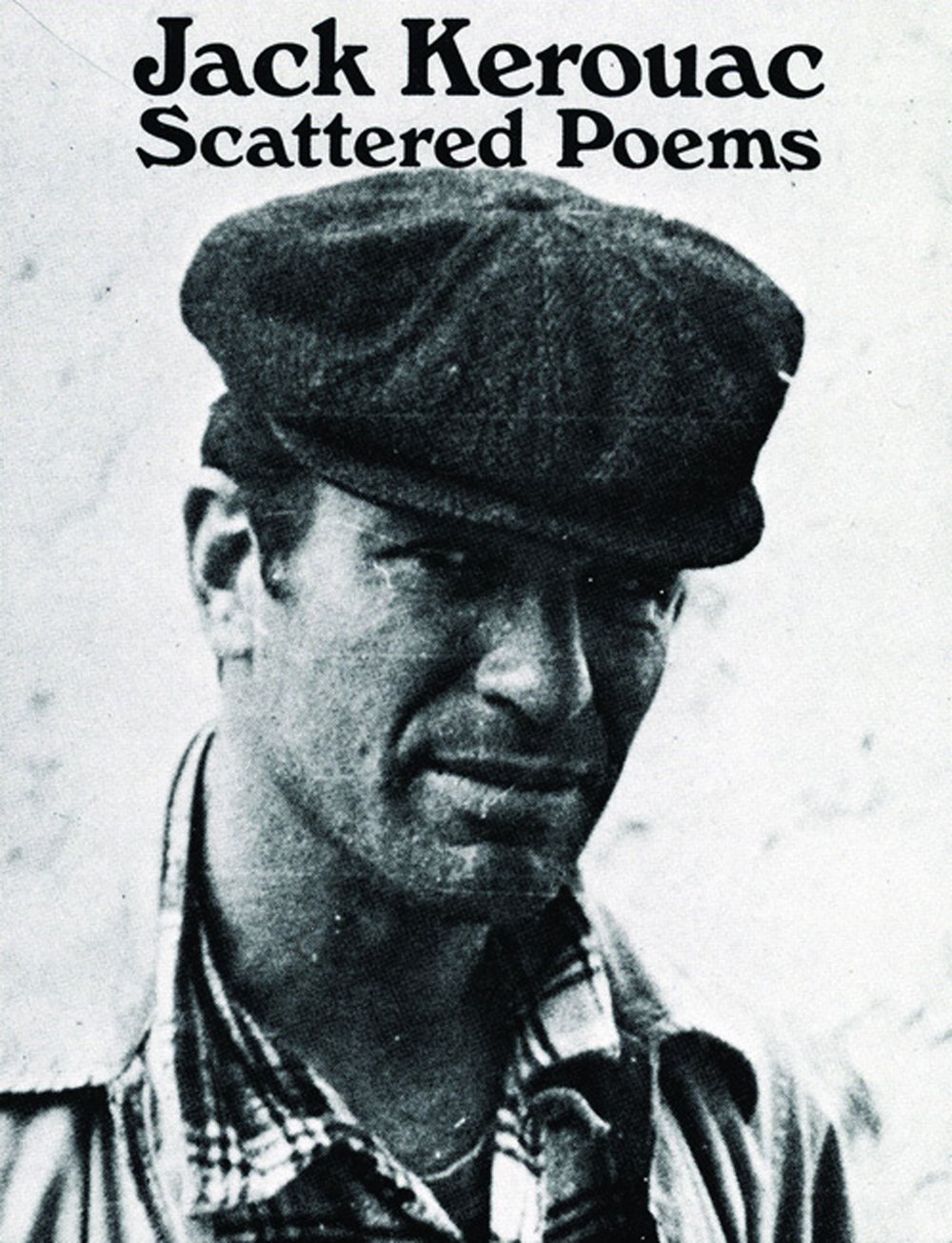Someday We'll Build Cabins
The Letters of Jack Kerouac, Jacques Beckwith , and Lois Sorrells Beckwith
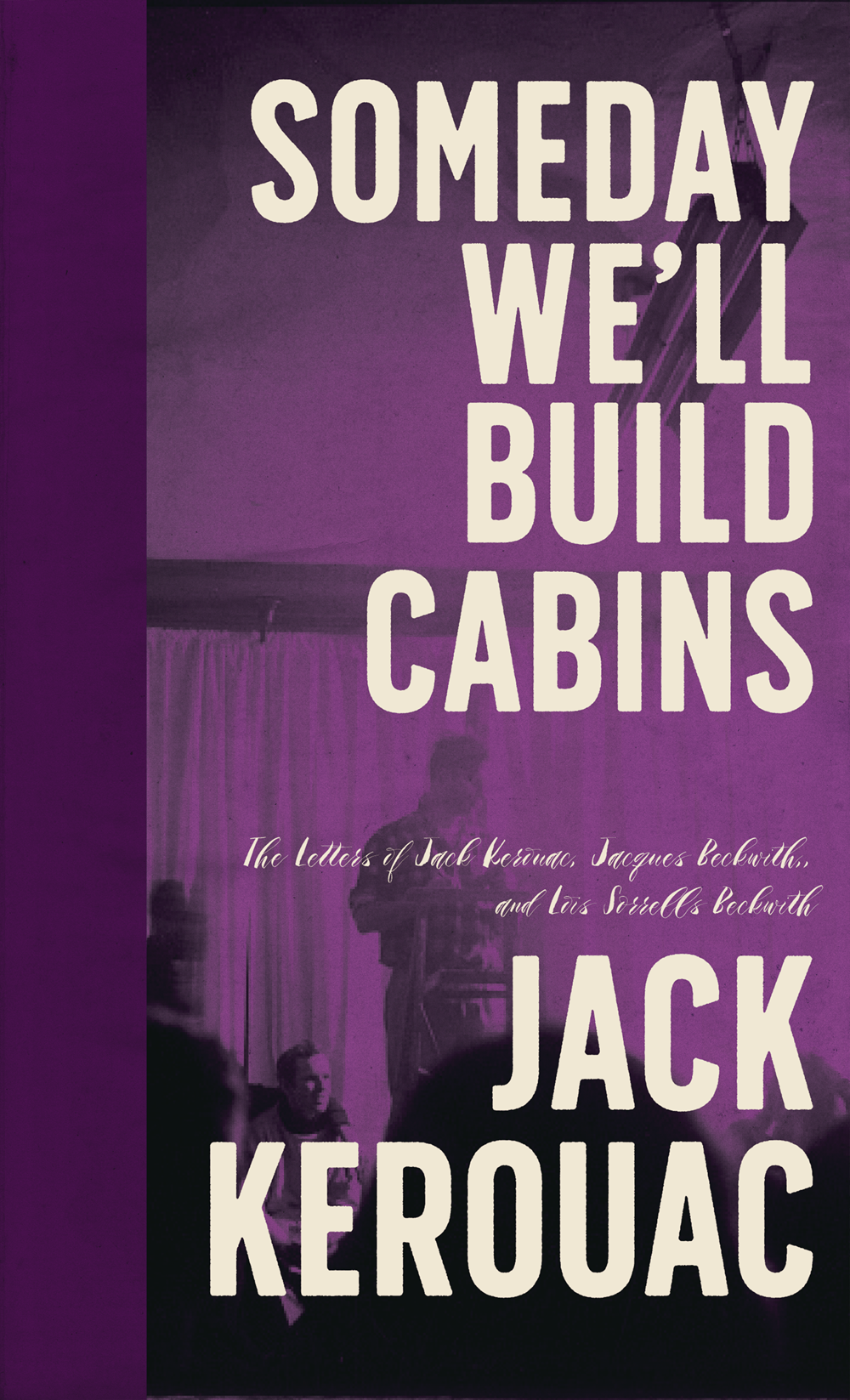
A book of letters revealing the inner desires and turmoils of Jack Kerouac after his rise to literary acclaim in the 1960s.
In 1960, Jack Kerouac began a correspondence with a New York artist by the name of Jacques Beckwith. The basic subject of their letters was always the same. They each longed to build a cabin in the forest which would serve as a retreat from the pressure and disappointment of the outside world. 'I want to live in the woods where I don't even have to think about this evil world of wars and dishonesties', Kerouac wrote. Beckwith offered to help Jack design and build his retreat, but after years of planning only Jacques realised the dream. The world was too much with Kerouac.
Alcoholism, a paternity suit, travel, the demands of a writing career, marriage, and eventually his mother's declining health kept him from making his break. These letters document all these distractions and frustrations and reveal Kerouac's desire for the solitude which Beckwith found in the New England woods.

Jack Kerouac was born in Lowell, Massachusetts, in 1922, the youngest of three children in a Franco-American family. He attended local Catholic and public schools and won a scholarship to Columbia University in New York City, where he first met Neal Cassady, Allen Ginsberg, and William S. Burroughs. His first novel, The Town and the City, appeared in 1950, but it was On the Road, published in 1957 and memorializing his adventures with Neal Cassady, that epitomized to the world what became known as the “Beat generation” and made Kerouac one of the most best-known writers of his time. Publication of many other books followed, among them The Dharma Bums, The Subterraneans, and Big Sur. Kerouac considered all of his autobiographical fiction to be part of “one vast book,” The Duluoz Legend. He died in St. Petersburg, Florida, in 1969, at the age of forty-seven.
Jacques Beckwith (1920-2000) was an artist and carpenter living and working during the 1950s and 60s. He was a founding member of the Hansa Gallery, one of the legendary downtown New York galleries clustered around E. I 0th Street during that period.


